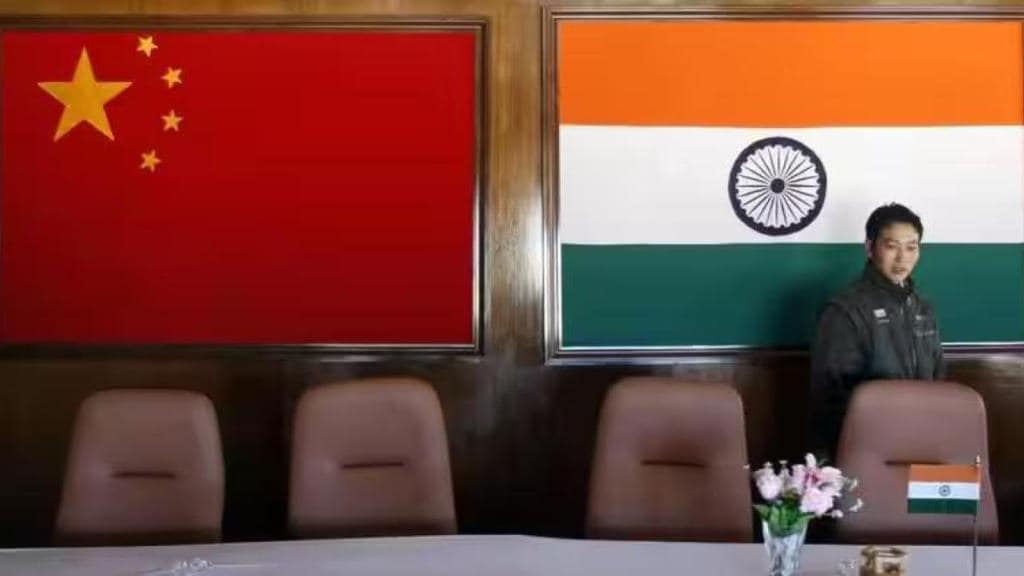China’s actions in Bhutan have prompted India to take proactive measures to safeguard the Siliguri Corridor, a vital link connecting the northeastern states with the rest of the country. This move comes as a response to growing border tensions, China’s territorial ambitions, and India’s strategic defense considerations.
To secure the Siliguri Corridor, which is commonly referred to as the ‘Chicken Neck’, troops from the Central Armed Police Forces (CAPFs) will be deployed. This corridor holds immense importance due to its role in connecting the northeastern states with the rest of India. In a bid to bolster security, three key border guarding forces, namely the Border Security Force (BSF), Indo-Tibetan Border Police (ITBP), and Sashastra Seema Bal (SSB), will be deployed at strategically identified points along the corridor.
The border standoff, ongoing along the Line of Actual Control, coupled with China’s construction of dual-use border villages in Bhutan and boundary talks with Bhutan, have pushed India to take preemptive measures to secure its interests. The Siliguri Corridor, being geo-strategically vital, stretches through West Bengal and is just 20-22 km wide at its narrowest. It shares borders with Nepal, Bangladesh, and Bhutan, underscoring its sensitivity.
China’s approach of ‘salami slicing,’ gradually encroaching on territory along the Bhutanese border, has raised concerns. China’s negotiations with Bhutan over the boundary issue, particularly its ambition to gain control over areas like the Jhampheri Ridge and the Doklam region, pose challenges for India’s strategic interests. By expanding its influence in these regions, China aims to strengthen its Chumbi Valley’s strategic position, which could potentially impact India’s security.
According to sources, “This move to deploy CAPFs is not isolated; it falls in line with India’s holistic approach to security. The then Eastern Army Commander, now Indian Army Chief, Gen Manoj Pande, emphasized a comprehensive approach involving various agencies and administrations. This approach seeks to address threats during both peacetime and conflict situations, promoting coordination and collaboration among all stakeholders.”
Background
The historical context is relevant, especially the 2017 Doklam standoff, during which India firmly resisted China’s attempts to change the tri-junction to Gamochen. The 73-day standoff eventually concluded after a telephone conversation between Prime Minister Narendra Modi and Chinese President Xi Jinping. This highlights the persistence required to protect territorial integrity.
In recent times, the Indian security forces have conducted numerous exercises near the corridor to enhance operational preparedness and synergy. Exercises like ‘Trishakti Prahar’ and ‘Vayu Prahar,’ involving the Indian Army, Indian Air Force, and CAPFs, demonstrate the commitment to maintaining a networked environment to respond effectively to potential threats.
“India’s decision to deploy CAPFs to guard the Siliguri Corridor is a strategic response to the evolving security landscape. It reflects the nation’s commitment to securing its borders, especially in the face of China’s territorial ambitions and border tensions,” sources quoted above explained.
This comprehensive approach, involving multiple agencies, showcases India’s determination to ensure its territorial integrity and maintain regional stability.


